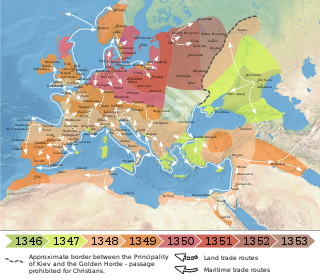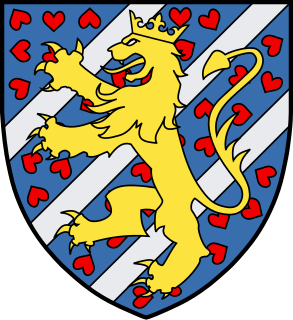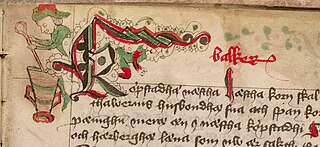 W
WSwedish pre-history ends around 800 AD, when the Viking Age begins and written sources are available. The Viking Age lasted until the mid-11th century. Scandinavia was formally Christianized by 1100 AD. The period 1050 to 1350—when the Black Death struck Europe—is considered the Older Middle Ages. The Kalmar Union between the Scandinavian countries was established in 1397 and lasted until King Gustav Vasa ended it upon seizing power. The period 1350 to 1523 – when king Gustav Vasa, who led the unification of Sweden, was crowned – is considered the Younger Middle Ages.
 W
WThe Black Death was present in Sweden between 1350 and 1351. It was a major catastrophe which was said to have killed a third of the population, and Sweden was not to recover fully for three hundred years.
 W
WSwedish pre-history ends around 800 AD, when the Viking Age begins and written sources are available. The Viking Age lasted until the mid-11th century. Scandinavia was formally Christianized by 1100 AD. The period 1050 to 1350—when the Black Death struck Europe—is considered the Older Middle Ages. The Kalmar Union between the Scandinavian countries was established in 1397 and lasted until King Gustav Vasa ended it upon seizing power. The period 1350 to 1523 – when king Gustav Vasa, who led the unification of Sweden, was crowned – is considered the Younger Middle Ages.
 W
WThe House of Bjelbo, also known as the House of Folkung (Folkungaätten), was an Ostrogothian Swedish family that provided several medieval Swedish bishops, jarls and kings. It also provided three kings of Norway, and one king of Denmark in the 14th century.
 W
WThe Kalmar Union was a personal union in Scandinavia, agreed at Kalmar in Sweden, that from 1397 to 1523 joined under a single monarch the three kingdoms of Denmark, Sweden, and Norway, together with Norway's overseas dependencies. The union was not quite continuous; there were several short interruptions. Legally, the countries remained separate sovereign states. However, their domestic and foreign policies were directed by a common monarch. Gustav Vasa's election as king on 6 June 1523, and his triumphant entry into Stockholm eleven days later, marked Sweden's final secession from the Kalmar Union. Formally, the Danish king acknowledged Sweden's independence 1524 at the Treaty of Malmö.
 W
WThe Magnus Erikssons landslag also called only Landslagen was a Swedish law passed by king Magnus IV in circa 1341. It was the first attempt to a law applying to the entire nation of Sweden, replacing the previous local county laws of the Medieval Scandinavian law.
 W
WThe Nyköping Banquet was King Birger of Sweden's Christmas celebration 11 December 1317 at Nyköping Castle in Sweden. Among the guests were his two brothers Duke Valdemar and Duke Eric, who later that night were imprisoned and subsequently starved to death in the dungeon of Nyköping Castle.
 W
WSecond Danish-Hanseatic War was a war between Denmark and the Hanseatic League from August 1361 to May 1370. The Hanseatic League, supported by Sweden, Mecklenburg, Holstein and some Danish nobles, attacked Valdemar IV. In 1368, the Hanseatic League invaded Copenhagen and finally forced Denmark to sign Treaty of Stralsund.